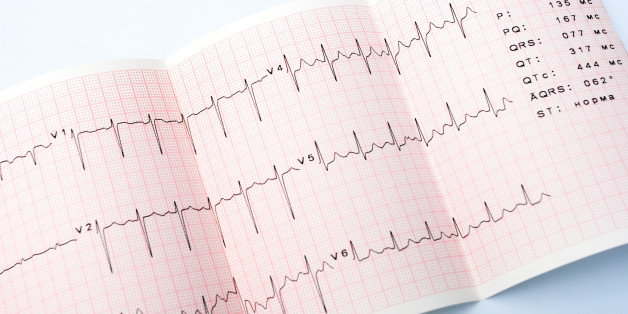
Traditions die slowly if at all. The executive physical offered by hospitals and larger medical practices incorporating an exercise test, alone or coupled with echo or nuclear heart imaging, has a long history of use. The idea that a check up that goes beyond just an exam and laboratory studies appeals to many and would appear to offer an opportunity to detect serious heart disease in persons without symptoms at an earlier stage in their disease.
In fact, as long ago as 1997 the American College of Cardiology advised against routine stress tests in asymptomatic individuals at low risk for heart disease. Despite this recommendation, the practice is still quite common.
This week another medical society voiced their concerns on this topic and advised against this strategy. The American College of Physicians, the society representing internal medicine specialists, published an extensive clinical guideline on the topic. The analysis was a systematic review of the value of simple electrocardiograms, stress echocardiography, and stress nuclear imaging (e.g. thallium or Cardiolite) in asymptomatic adults at low risk for cardiovascular disease.
Their advice? “Clinicians should not screen for cardiac disease in asymptomatic low-risk adults with resting or stress electrocardiography, stress echocardiography, or stress myocardial perfusion imaging.” That is pretty clear language and if implemented, there are going to be some empty waiting rooms at major medical centers.
Experts have not given up on the idea of identifying heart disease at an early stage to apply intensive lifestyle and preventive measures. It is just that the “harms of screening” as the new guideline lists them, are common including side effects during testing and a high radiation dose, false positives leading to further testing, disease labeling, and down stream harms of further testing.
Now what? As I have written about previously, advanced vascular imaging and laboratory measurements that are available, often at a reasonable price, with much less radiation exposure than a nuclear perfusion study. This strategy offers the promise of a better way to detect early and silent heart disease. Primordial prevention of heart disease with lifestyle remains the ultimate goal available to all. Eating well, moving well, sleeping well and loving abundantly is the path to leaving a cardiologist’s waiting room empty.
Originally posted on HuffingtonPost.com

